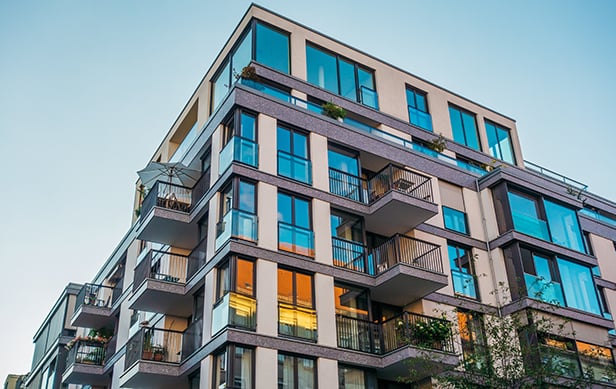- Energy represents the single largest controllable operating expense for office buildings, typically a third of variable expenses.
- Office buildings account for nearly 20% of greenhouse gas emissions in the United States.
- If only 2,000 buildings adopt BEEP's no- and low-cost best practices over the next three years, energy consumption and carbon emissions will be reduced by 10%--creating $400 million in energy savings and a 6.6-billion pound drop in carbon dioxide.
Participants included Jessup, MD-based Tate's Building Technology's under-floor air-delivery system that reportedly can reduce energy costs by up to 50%, a high recycle-and-post-consumer-content carpet-tile system from La Grange, GA 's InterfaceFLOR and a demountable architectural wall system called Altos from Teknion in Toronto, Ontario.
However, industry experts say even simple steps can help green a building. To encourage green building and renovation, BOMA has put together 24 strategies for increasing sustainability and optimizing performance, ranging from conservation to environmentally-friendly landscaping.
- Install low-flow aerators, which cost about $2 each, on bathroom faucets.
- Insert water displacement devices to limit water used in the toilet tank.
- Consider motion-sensor faucets and cooling tower sensors.
- Switch to "dry" cleaning. Using a broom, squeegee or vacuum cleaner instead of a mop saves gallons of water.
- Reduce water pressure.
- Reset hot water thermostats to the lowest setting possible.
- Turn off hot water heaters when buildings are unoccupied.
- Develop landscape that use indigenous plants and limited amounts of water.
- Add composting to your landscape maintenance plan.
- Use drip irrigation or soaker hoses because they use less water than sprinklers.
- Schedule an annual review of your property's irrigation system.
- Harvest rainwater to water your building's grounds.
- Work with vendors that have recycling programs.
- Set up disposal methods to discard electronics and hazardous waste.
- Use coreless paper products.
- Make sure your janitorial service uses green cleaning products.
- Clean windows and skylights to let in the light.
- Encourage tenants to turn off equipment after hours.
- Encourage tenants to use ENERGY STAR® equipment.
- Expand recycling programs to include lighting, plastics, metal, glass and cardboard.
- Institute an energy awareness program.
- Encourage tenants to reduce workplace energy consumption with work from home policies.
- Create an electronic green newsletter to send to tenants.
- Encourage tenants and staff to use environmentally-friendly transportation.
© Touchpoint Markets, All Rights Reserved. Request academic re-use from www.copyright.com. All other uses, submit a request to [email protected]. For more inforrmation visit Asset & Logo Licensing.






